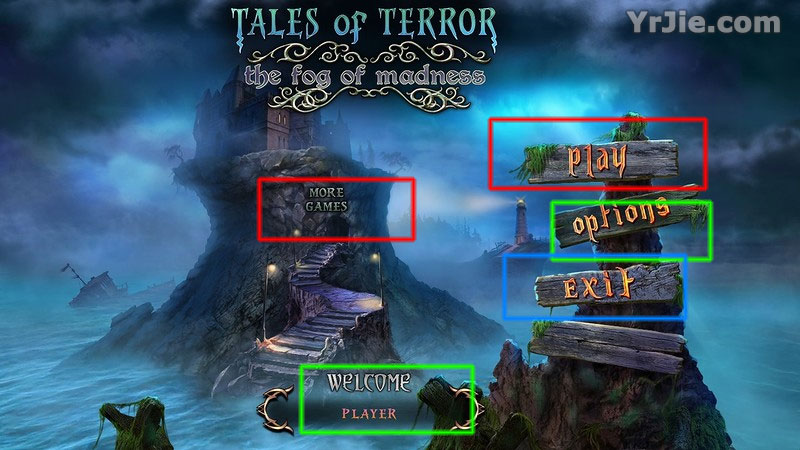

The effect was that of a Cyclopean city of no architecture known to man or to human imagination, with vast aggregations of night-black masonry embodying monstrous perversions of geometrical laws. The story is told from Dyer’s viewpoint, and through it we learn more about the rocks of the pre-Cambrian than any other voice could have told on the mission.

This is important to the story because it adds an air of shock to those readers who weren’t aware of it and a dose of reality to the readers who were aware of it. In the 1920s-40s a vast swath of scientists and anthropologists did similar, stumbling into areas and not writing down everything of detail for future researchers, but actually just busted up the rocks. One dirty little secret of science is that methodology hasn’t always been so careful. Will extend search area underground by hacking away stalactites” (19). The phrase that impacted my solar plexus was “Am sending to camp for electric torches. He does this to get into the mindset of the geologist and reiterate the fact that we’re looking at the expedition from the lens of geology. Lovecraft repeats geologic information a lot, especially the use of words such as “pre-Cambrian slate” and “strata” and “formations” (13). It took a really long time to build up to anything of importance, as is the case of rocks and world-building, but finally “culminating in the discovery of slate fragments with several markings” (11). As I read it, I felt like I was back in geology class (11). From the beginning, we are immersed in the language of geology and the story is written in long odious paragraphs which mimic the long span of time geologists look at. “As a geologist, my objective in leading the Miskatonic University Expedition was wholly that of securing deep-level specimens of rock and soil from various parts of the Antarctic continent…” (2). This story works because it is seen from the viewpoint of the most unlikely explorer: the geologist, William Dyer. In his novella, “The Mountains of Madness,” Lovecraft explores Antarctica and aliens in the 1930s. Lovecraft is both amazing and maddening-he is really smart and I can see that in his writing, but at the same time the round-about way he constructs the novella is, at times, exasperating. Lovecraft’s At the Mountains of Madness and Other Tales of Terror contains one novella, originally serialized, and three short horror stories.


 0 kommentar(er)
0 kommentar(er)
